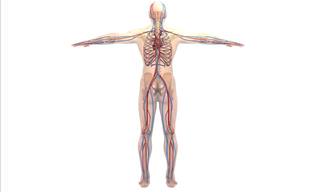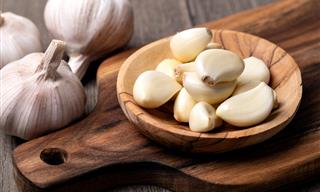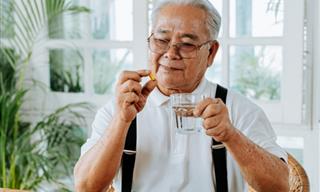Cardiovascular disease is a widespread problem, affecting nearly a million people a year in the United States. Approximately half as many people are affected by stroke, another ailment caused by cardiovascular disease. A failing cardiovascular system can have incredibly severe effects on the body. However, there may be little cause for alarm if you keep stretching regularly. Researchers from the University of Milan performed a study recently that determined that passive stretching can play an incredible role in improving arterial blood flow and strengthening the vascular system. Of course, all exercise is beneficial, but passive stretching may be the best way to stave off a stroke.
What is Vascular Disease?
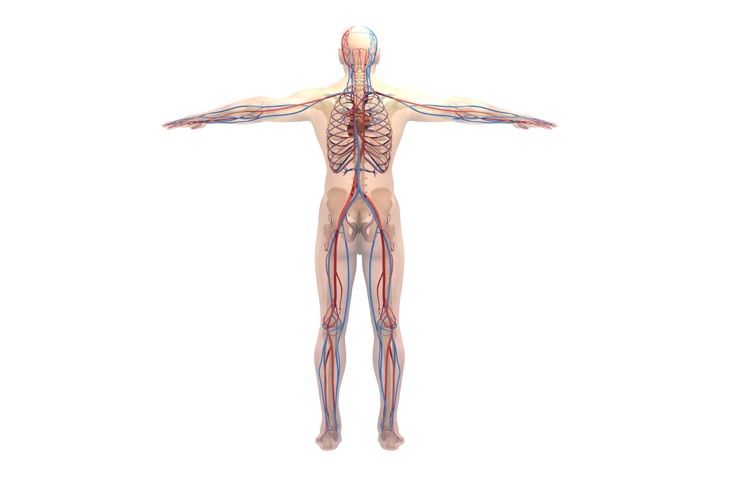
(Medicalgraphics)
The human circulatory system is made up of 100,000 miles of veins, arteries, and blood vessels. Vascular disease refers to a wide range of diseases that can affect blood vessels. It is a sub-class of cardiovascular diseases that specifically affects the veins and arteries of the circulatory system. Some, like Erythromelalgia, can cause swelling and pain in the hands and feet. Most vascular diseases can cause irregular clotting in the arteries or other forms of constriction that can lead to stiffness of the limbs and extremities.
It can be difficult to diagnose vascular illnesses. Though dysfunction of the vascular system can affect people of all ages, plaque build-up in the arteries tends to occur naturally with age. High cholesterol, high blood pressure, and obesity, among many other signs of an unhealthy lifestyle, can all be causal factors of vascular disease.
Vascular diseases also obstruct the flow of oxygenated blood to the tissues and organs throughout the blood. This can also lead to arterial blockages, which, once they have set in, are extremely difficult to reverse. Given the difficulty in diagnosing and reversing this ailment, the safest bet is to follow through with a healthy lifestyle and work towards reducing the possibility of developing arterial stiffness in the early stages.
Starting the study
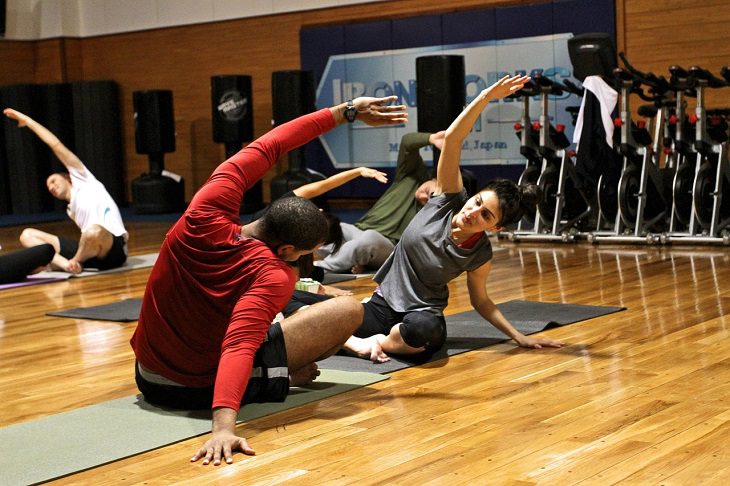
On 1st July 2020, a study was published by researchers from the University of Milan, Italy. The purpose of the study was to determine whether or not passive stretching could promote the flow of blood through the vascular system and thereby reduce the likelihood of falling prey to vascular disease. 39 healthy participants were selected and split into two monitored groups.
The study was carried out over a period of 12 weeks, i.e. 3 months, during which one group was instructed to engage in passive stretching while the other was told not to stretch. Before the experiment began, the measurements (which are indirect markers of arterial stiffness) of all the participants were taken, which included but were not limited to passive limb movement, knee and ankle flexibility, and even skin landmarks, like moles, scars and other anomalies.
Once all measurements were taken, the study continued with the first group being required to commence their passive stretching.
What is Passive Stretching?
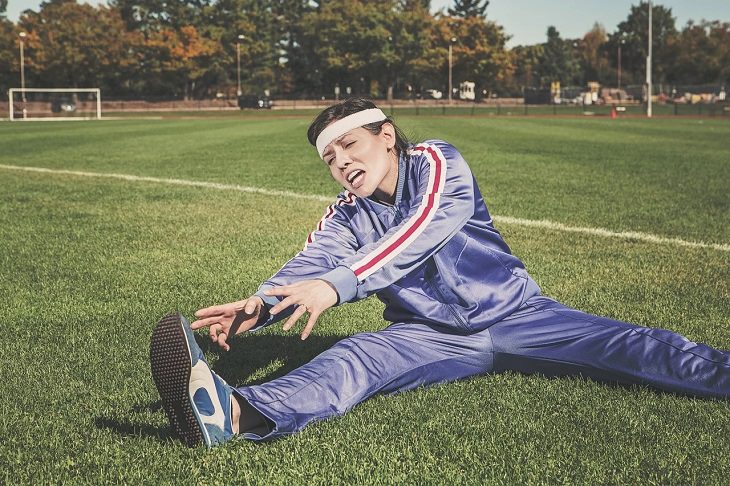
Passive and active stretching are two seemingly similar ways to keep fit which can have very different effects on the body because of the manner in which they are carried out. Active stretching is the most common sort, a solo activity that involves moving and contracting your muscles actively without any external force.
Passive stretching requires the muscles to be relaxed while stretching and needs an external force to move the limbs into different positions. Passive stretching is essentially assisted stretching and allows the body to bend freely while the muscles are at rest.
The Results

Participants in the first group were required to engage in 40-minute sessions of passive stretching 5 days a week for the duration of the experiment, with a focus on leg stretches. After the first six weeks, and then after the final six weeks, the measurements of both groups of participants were collected.
There was a clear significant improvement in the vascular health of the participants that engaged in the stretching exercises. The study also showed improvement in the ability of arteries to respond appropriately to increased blood flow, a phenomenon termed as flow-mediated dilation, which reduces the likelihood of irregular clotting or blockages.
A New Focus
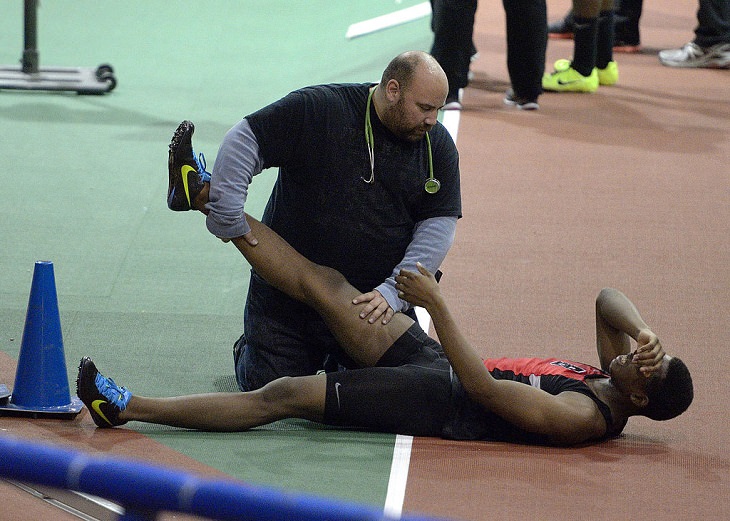
(By Steven Pisano, Wikimedia Commons)
What made the results of this study truly extraordinary was its focus on the vascular system itself. Most studies to date have been centered around cardiovascular illnesses, which can be tempered with a variety of exercises like swimming, running, and biking. Though these exercises can be effective in maintaining healthy arteries, it leaves little room for those leaning toward non-cardio training, like aerobics.
Passive stretching was conclusively determined in this study to have a serious and remarkable effect on vascular function, as was seen in the major distinctions between the subjects from both test groups. This study could be the first step towards further insight into how vascular diseases develop and how the arteries function. It may also lead to the development of more inclusive and varied exercise regimens and rehabilitation programs for people suffering from vascular diseases.
 Go to BabaMail
Go to BabaMail




















